For meat lovers, few culinary experiences rival the satisfaction of cutting into a perfectly cooked steak. Whether you prefer yours rare, medium-rare, medium, or well-done, the key to a great steak starts with choosing the right cut. But with the number of steak cuts to choose from, navigating the world of beef can be overwhelming. Join us as we examine some of the more popular cuts of steak, from the classics to the lesser-known, uncovering the characteristics and best cooking methods for each.
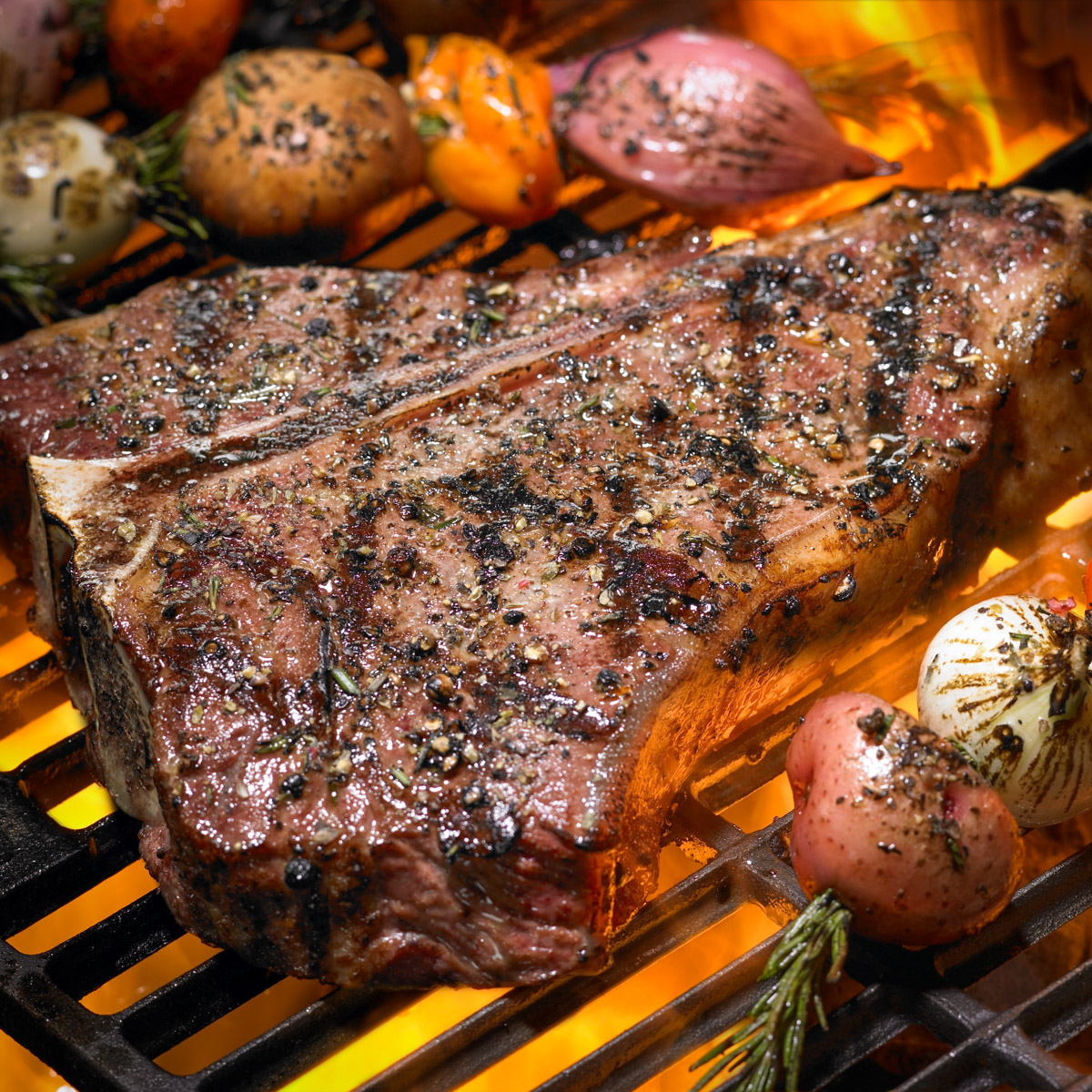
Jump to:
Filet Mignon
The filet mignon, or tenderloin steak, is one of the most tender cuts and is known for its buttery texture and subtle flavor. This premium cut comes from the tenderloin, a muscle that receives minimal exercise, and has minimal connective tissue, resulting in melt-in-your-mouth texture. It is often served in high-end steak houses. A filet is more tender than a New York strip, but the lack of fat means it has less taste than a New York strip. Due to its lean nature, filet mignon is best cooked quickly over high heat, on a grill or in a pan, to preserve its delicate flavor and tenderness. Cooking a filet sous vide and finishing it with a quick sear over high heat is a great way to prepare this steak. It pairs well with a variety of seasonings and sauces, like bearnaise sauce and peppercorn sauce, that complement its natural richness.
Try my recipe for Filet Mignon with Bone Marrow Butter.
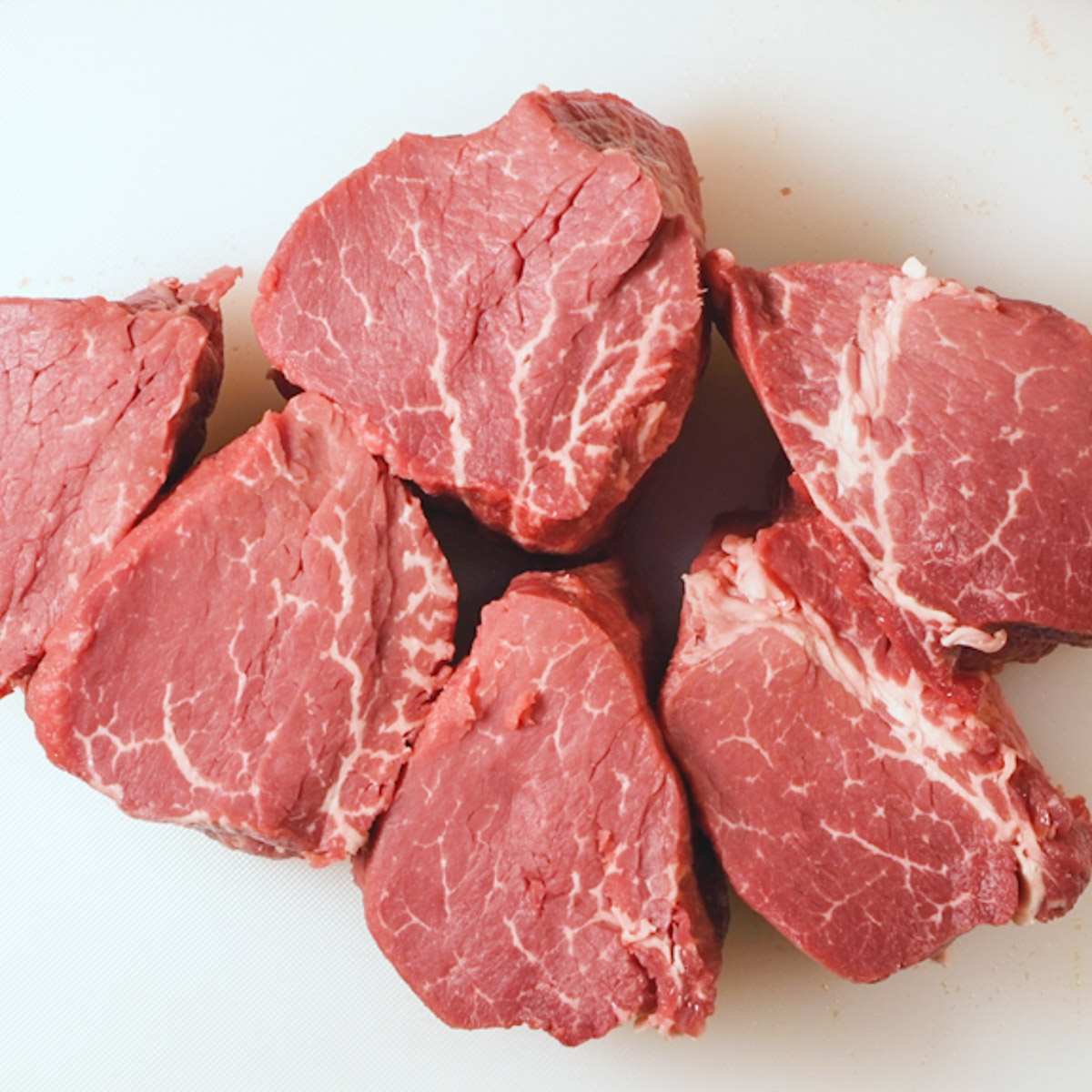
New York Strip Steak
Also known as the strip steak, New York steak, Kansas City steak or sirloin steak, the New York strip is a favorite among steak enthusiasts for its bold flavor and satisfying texture. While it's not as tender as a filet or as flavorful as a ribeye, this cut, sourced from the short loin, has a good amount of marbling making it ideal for grilling or pan-searing. High-heat methods like grilling or pan-searing produce a flavorful crust while retaining juiciness. Look for steaks with plenty of marbling and fat content for the best results.
Ribeye Steak
The ribeye is prized for its exceptional marbling and rich flavor. It is perfect for the carnivore craving hearty beef flavor. Many consider it to be the best steak available. Cut from the rib section of the cow, this steak features a generous amount of fat, which contributes to its tenderness and juiciness. It's that white fat cap that gives the ribeye such an intense beef flavor. Ribeye steaks can be boneless or bone-in, with the latter often referred to as rib steak or cowboy steak. The boneless version is also known as a Delmonico or Spencer steak.
Try my recipe for Reverse Seared Dry Aged Ribeye.
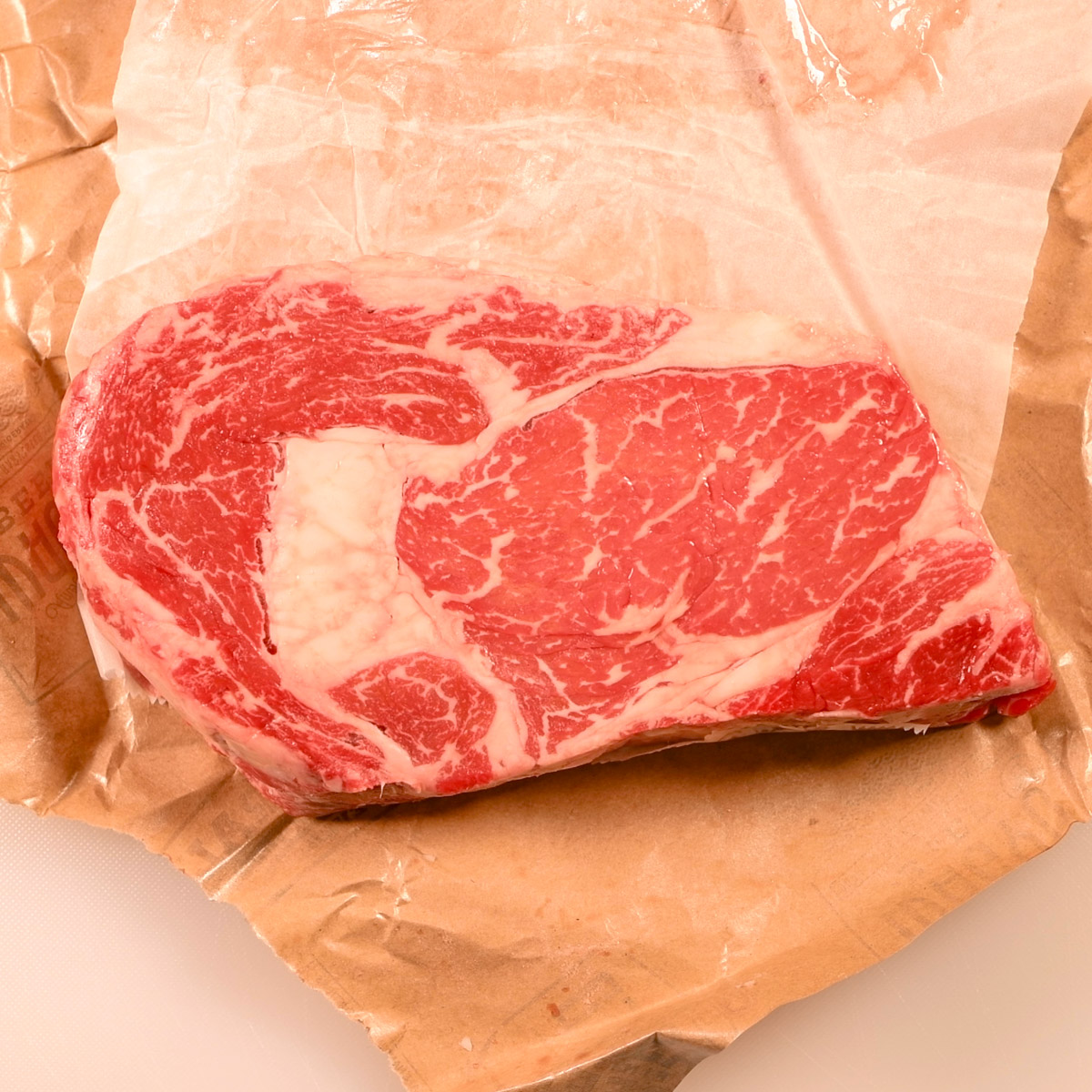
If the bone is long, it's called a tomahawk steak, offering a generous portion of ribeye with an impressive presentation. While the bone might make it a little more challenging to eat, it adds flavor to the cooked steak.
Try my recipe for Reverse Seared Double-Cut Tomahawk Steak.
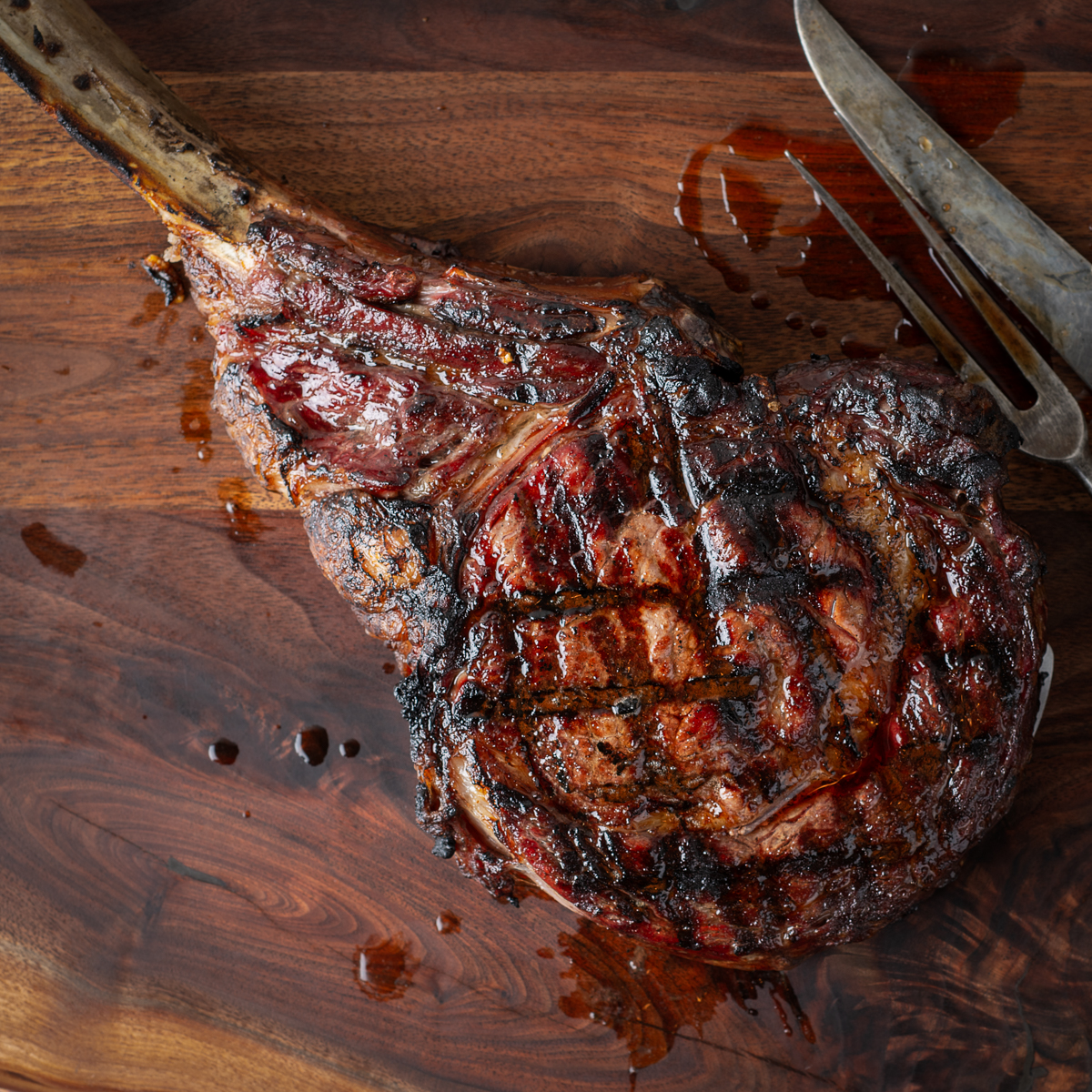
Due to its high fat content, ribeye is forgiving to cook and can be prepared using various methods, including grilling, pan-searing, or broiling.
T-Bone Steak
The T-Bone steak is named after the T-shaped bone that runs through its center, dividing it into two distinct sections: the tenderloin and the strip loin. The tenderloin is on the smaller side of the bone. This steak offers the best of both worlds, combining the tenderness of the filet mignon with the rich flavor of the New York strip. When cooking a T-Bone, it's important to consider the different cooking times required for each side of the bone. The tenderloin will cook faster than the strip loin. For the best results, buy the thickest steak available sear it on both sides over high heat. Then finish cooking it to your desired level of doneness, allowing the strip loin side to cook slightly longer.
Try my recipe for Reverse Seared Texas T-Bone.

Porterhouse Steak
Similar to the T-Bone, the porterhouse steak also features a T-shaped bone, but with a larger portion of the tenderloin making it a premium choice for steak enthusiasts. Its generous size and impeccable marbling deliver an indulgent steak experience. Due to its size, the porterhouse is best suited for grilling or broiling. For a perfect medium-rare finish, sear the steak on high heat, then transfer it to a cooler part of the grill to finish cooking slowly. Like it's smaller T-Bone cousin, the porterhouse can be a little challenging to cook. The filet side is prone to overcooking. It's best to sear the steak on both sides over high heat, then finish cooking it to your desired level of doneness. Again, buy the thickest porterhouse available.
Hanger Steak
The hanger steak, sometimes referred to as the butcher's steak is known for its intense beefy flavor, pronounced grain and tender texture. While not as tender as some other cuts, the hanger steak more than makes up for it with its robust taste. Use a good dry rub or marinade before cooking to enhance its tenderness and flavor. A hanger steak may have a tough layer of silver skin that needs to be removed before cook if not already done by the butcher.
Its meaty flavor and tender texture make it a favorite among meat lovers wanting a good steak at a great price. Grill or pan-sear the hanger steak to medium for the best results. Medium-rare can be tough and chewy and medium-well can be dry.
Flat Iron Steak
The flat iron steak, which comes from the shoulder blade, offers tender meat and rich flavor at a great value. This versatile cut is well-suited for grilling, broiling, or pan-searing. Despite being a lean muscle, the flat iron steak delivers exceptional tenderness when cooked to medium-rare, making it a popular choice among steak lovers. Remove any silver skin before cooking if not already done by the butcher.
Flank Steak
The flank steak is a thin, flat, lean cut of meat with a coarse texture. Located in the abdominal muscles, it has a pronounced grain, rich beefy taste and is one of the tougher cuts. It is often used in dishes such as fajitas, stir-fries, and salads. It can be tough to chew if not properly cooked. While not as tender as some other cuts, marinating before grilling or broiling helps tenderize the meat and infuse it with flavor. It's essential to slice across the grain to maximize tenderness. Grill or broil the flank steak to medium-rare for the best results.
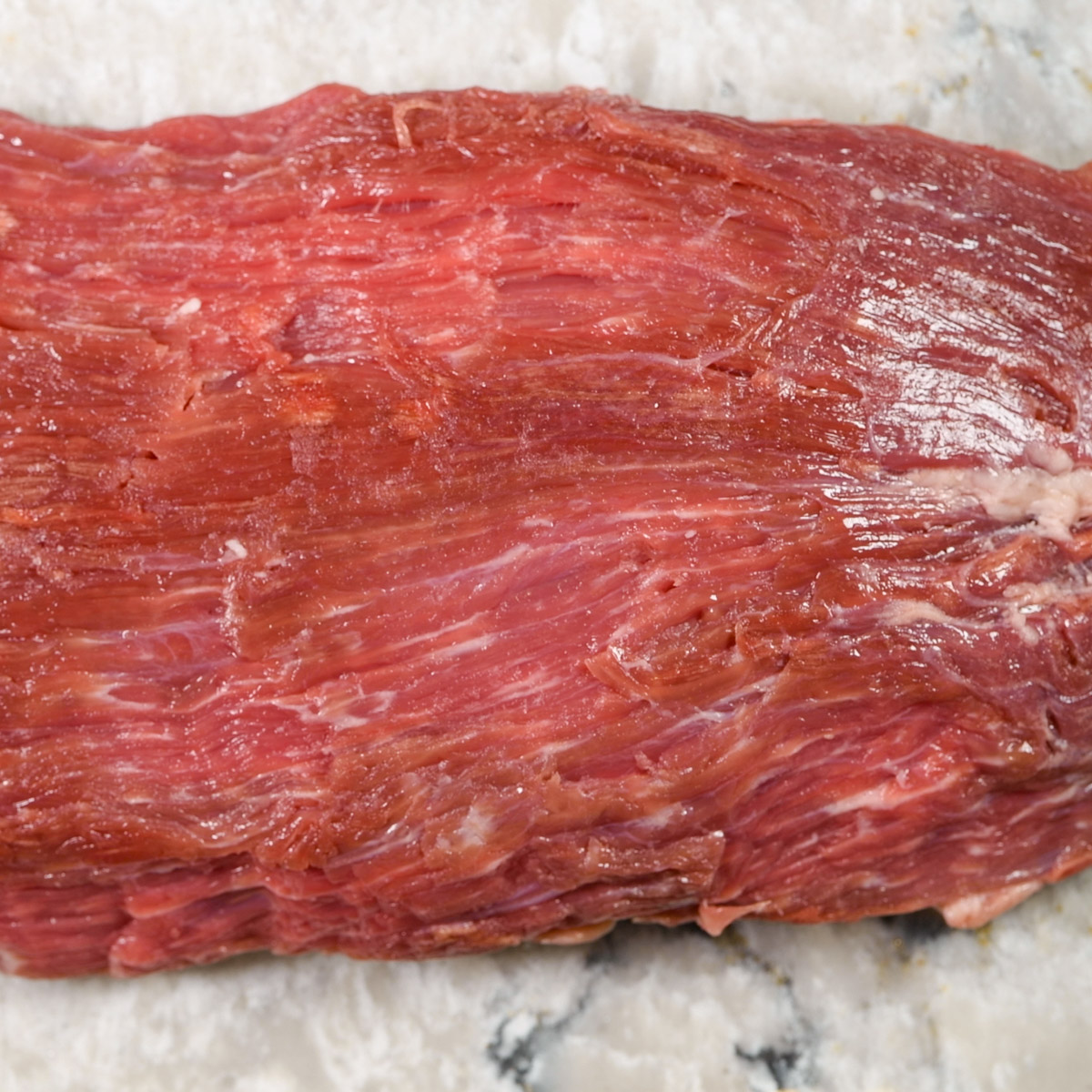
Skirt Steak
Skirt steak is a long strip of muscle with thick grain and a lot of connective tissue. It's also one of the tougher cuts of meat. A quick 30-minute marinade goes a long way with a skirt steak. It's best cooked quickly at high temperatures over very hot coals to medium-rare. Anything more than medium-rare will result in dry skirt steak. It must be cut across the grain or it will be tough. If you are using in a stir fry type dish, like fajitas, it can be cut across the grain before cooking.
Picanha
The picanha, popular in Brazilian cuisine, has a robust flavor and succulent texture. It comes from the rump cap and has a thick layer of fat that enhances juiciness and flavor. Because most of the fat is located in a thick layer and not distributed throughout the meat, the picanha can be less tender than other cuts. Slice thinly across the grain for tender steak. Select picanhas with the most marbling for a juicy and flavorful steak.
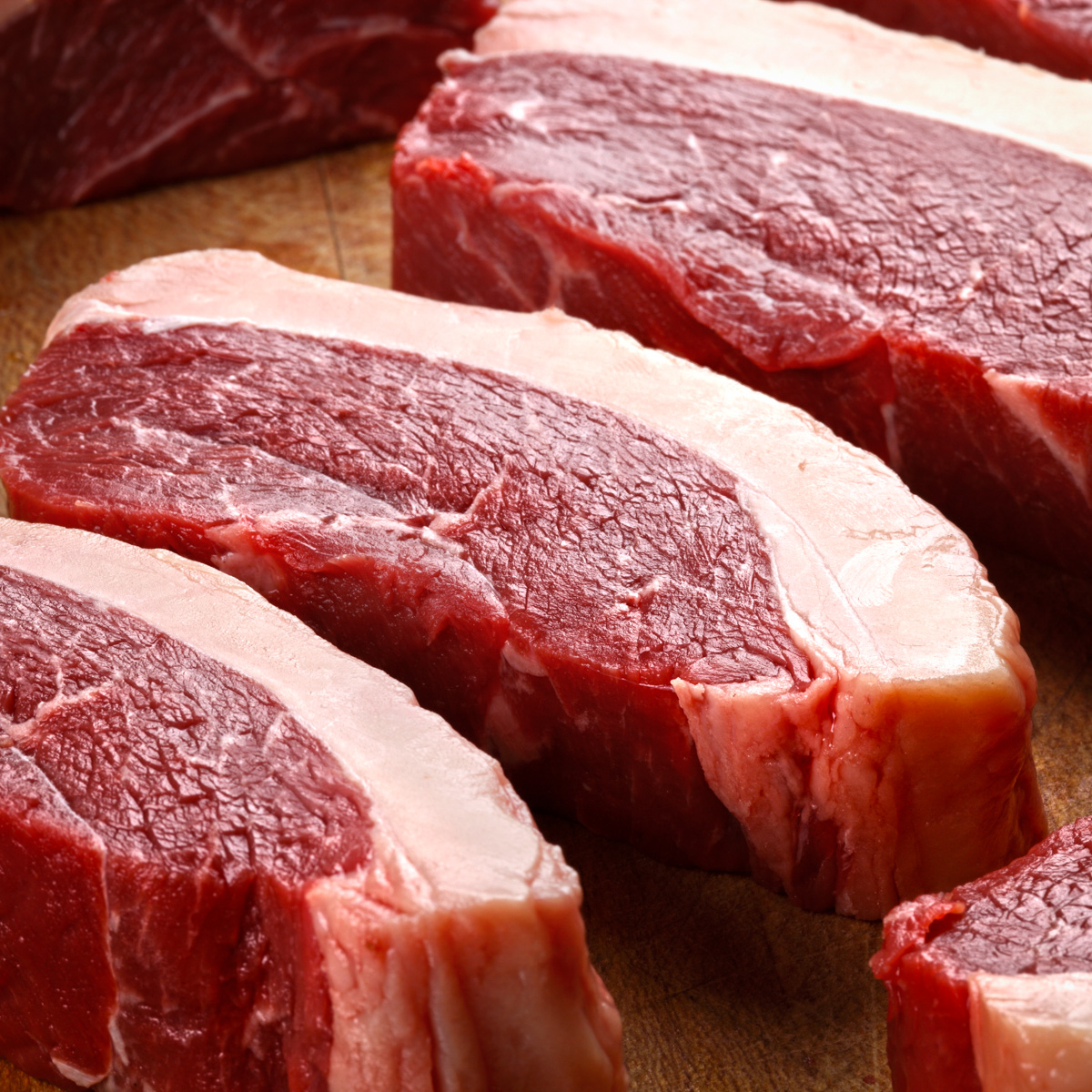
Final Thoughts
Selecting the perfect steak is all about exploring different cuts. Whether you prefer the melt-in-your mouth tenderness of filet mignon or the robust flavor of ribeye, there's a cut of beef to satisfy every palate. Go visit your local butcher shop and try something different.



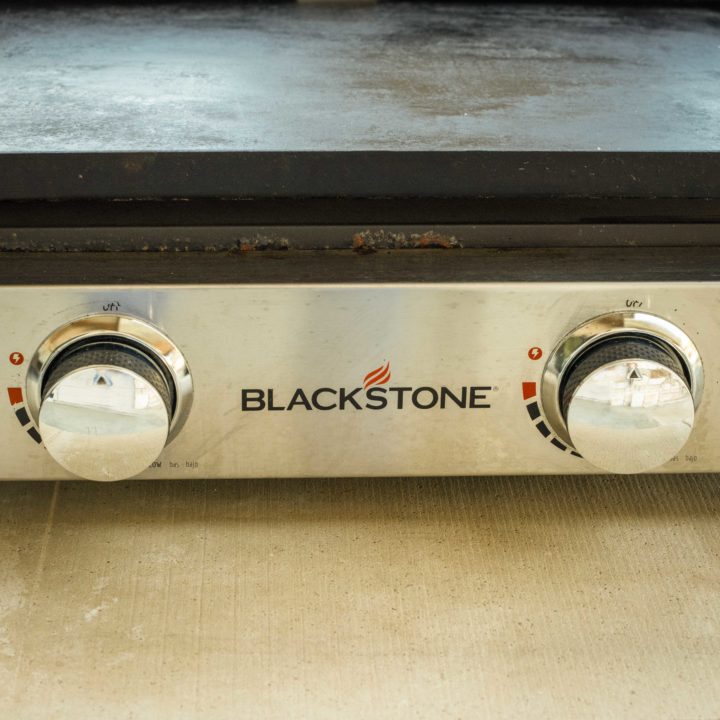

Leave a Reply